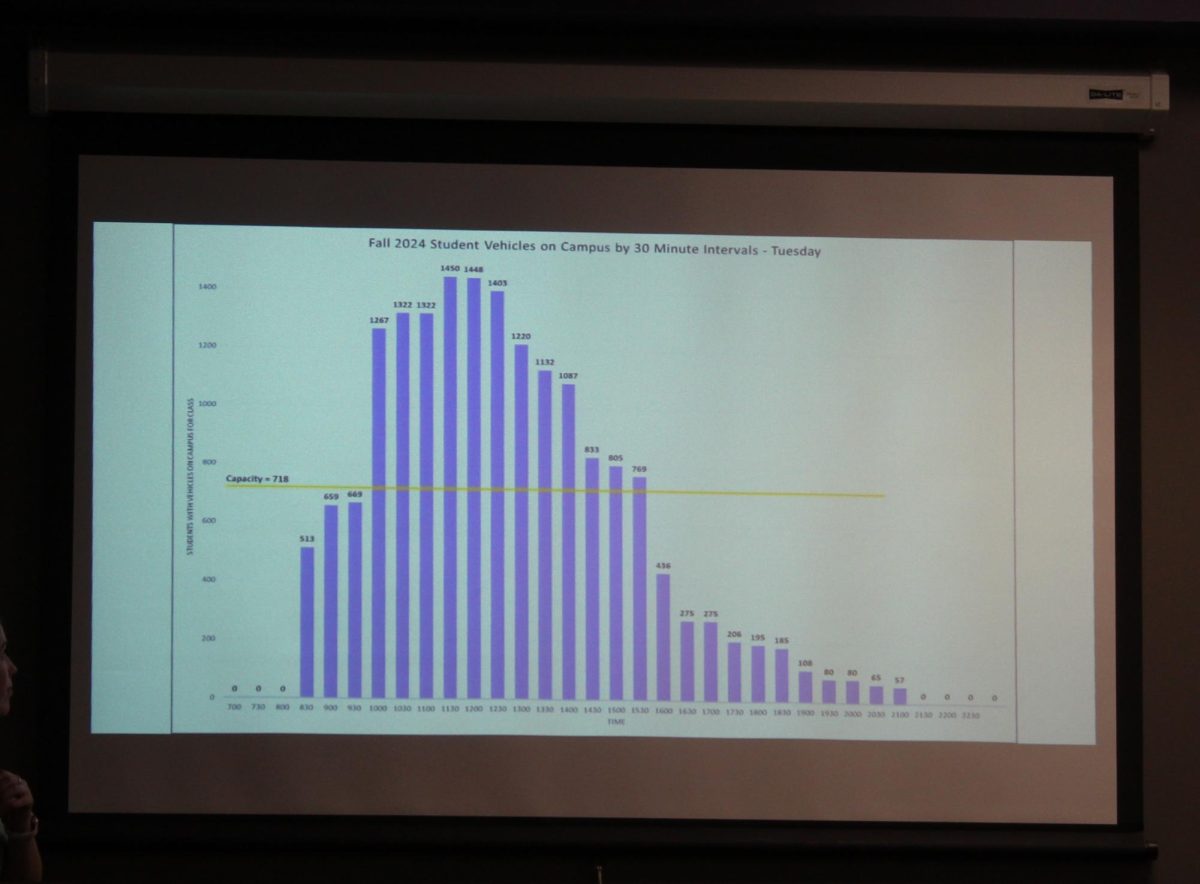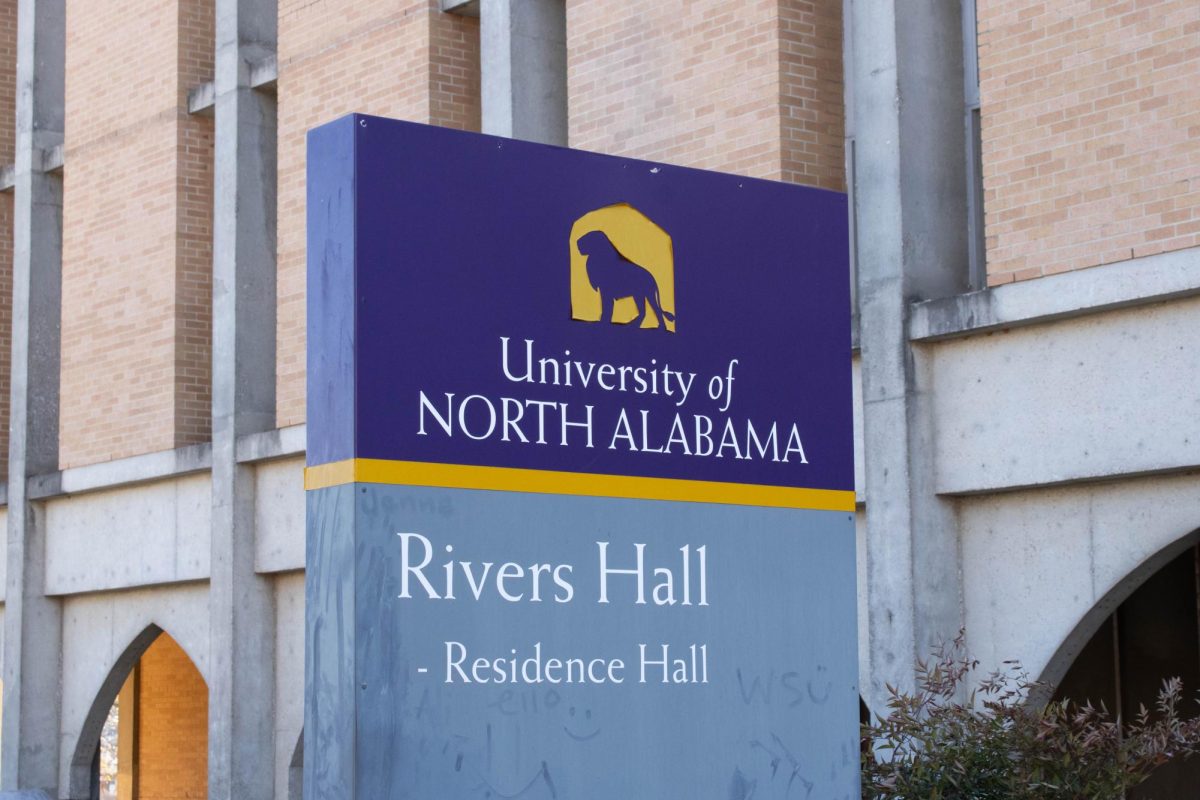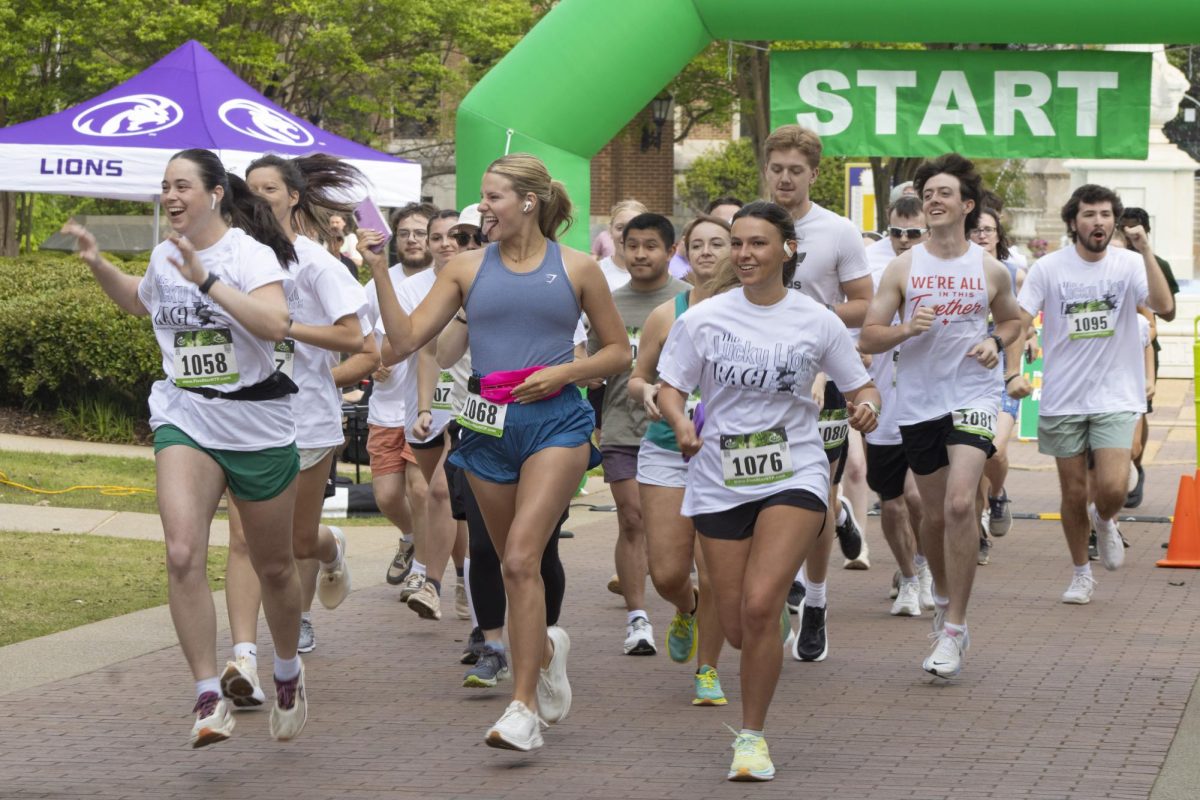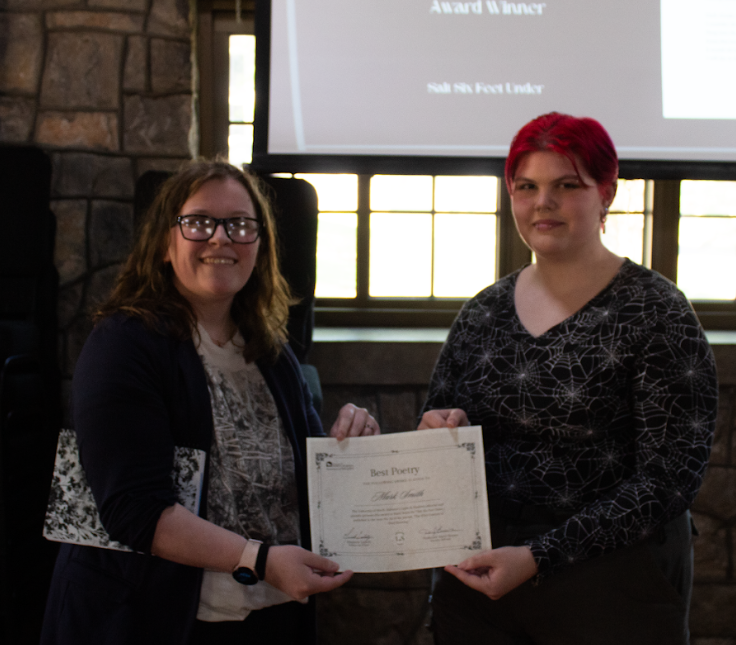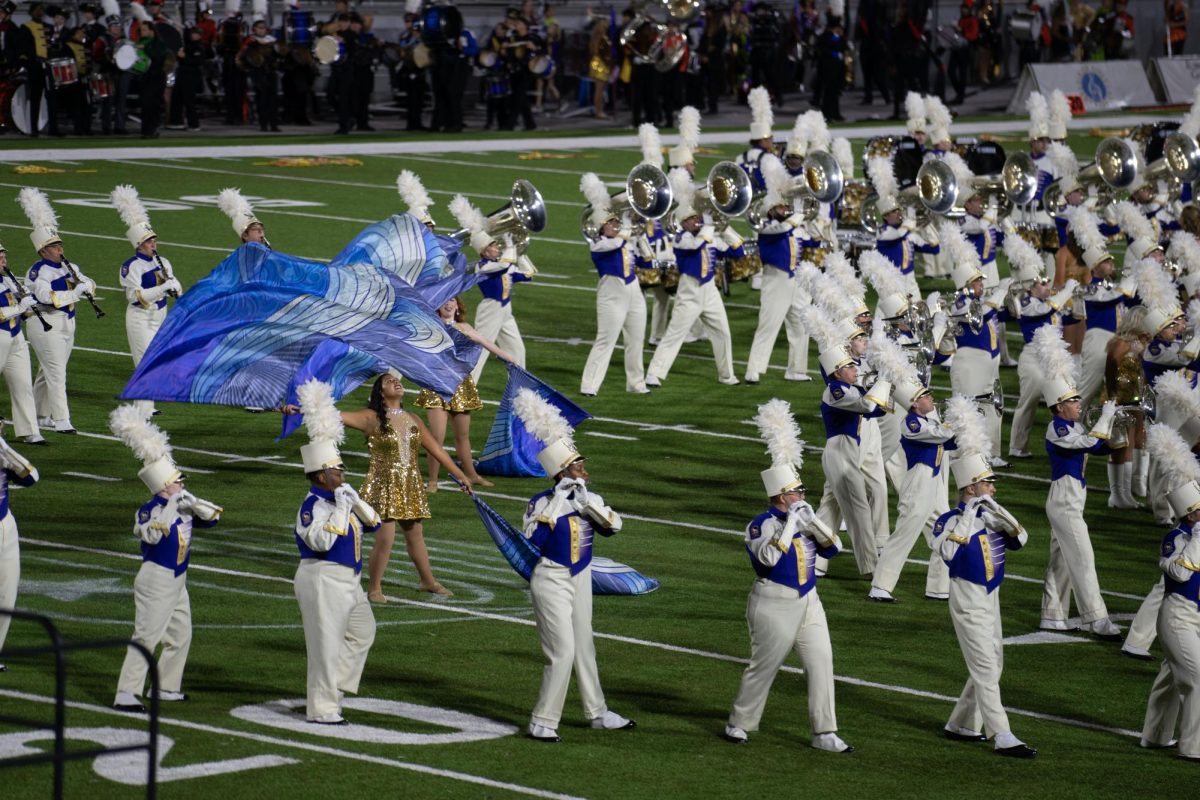UNA Transportation has introduced a new means of transport on and off campus with a program called Slidr. The program is set to replace the purple buses that were seen on campus, as well as the now-defunct Lions Lift.
Operating like Uber and Lyft, Slidr is available to pick up and drop off students within a pre-designated area, as defined by the university. Since it is in its trial run, the final decision about Slidr will be made by administration at the end of the semester.
Vehicles available for student use are Teslas that are rented out by Slidr, with drivers provided. Due to the program being in the pilot phase, there is no cost to the university as of now. If the administration decides to fully integrate Slidr as the university’s official means of transportation, there will be the addition of an electric van and a larger electric vehicle.
The purple bus system has been a staple on campus for over 20 years, but the repairs and driver issues were costing the university more than it was benefitting. The parts for these buses were beginning to be too expensive, and the university was having trouble finding drivers to get CDL-certified. By transitioning to Slidr, the university is contributing to the overall sustainability of transportation on campus.
“[The buses] were just becoming untenable for the university,” Michele Eubanks, Director of University Media and Public Relations, said.
These new options are eco-friendly electric vehicles and that allows for an increase in feasible options for students to utilize. The program also supplies the drivers at the moment which is not costing the university at the moment.
Students can download the app, “Slidr Rides,” and start the process of their first ride. The app asks for the name, phone number and email of the account holder. The app will then take the holder through a tutorial on how to use it. Slidr also has fixed routes that students can view. It presents a time when the next vehicle will be available at the nearest location, much like a traditional timed bus route.
If the university votes yes on the Slidr program being implemented on campus, the Leo’s Route vans, the purple and gold routes, may also be phased out.
On the website, the company lists the benefits of using the program. Those being the increase in microtransit. Which means a wider range of options to use, including e-scooters and “appropriately sized shuttles.” According to the website, Slidr’s all-electric selection of vehicles reduces carbon emissions by 98.84%. The university has not looked at the electric scooter option due to the already available e-bike program on campus, the Anderson Bike Program.
The Anderson Bike Program became available in the Fall 2022 semester. The director of Student Recreation, Glenda Richey, developed the system of how the 25 e-bikes are distributed. Students apply for them each semester, and those who live off campus — without a means of transportation — are moved to the top of the waiting list. The bikes are redistributed each semester, including the summer.
The bikes are assigned to individual students for an entire semester, whereas the Slidr e-scooters would be available to any student who “rents” one through the “Slidr- electric scooter” app. The e-scooters would be free of charge and located in specified parking spots, the Sllidr app will let the student find the nearest scooter and check it out.
Slidr also partners with Auburn University. Auburn uses the company as a shuttle service to Jordan-Hare Stadium. As of 2019, they charge three dollars a ride from “outside the stadium security barricade boundaries to any location inside that perimeter, including up to [Jordan-Hare Stadium]” said Auburn University’s website.




